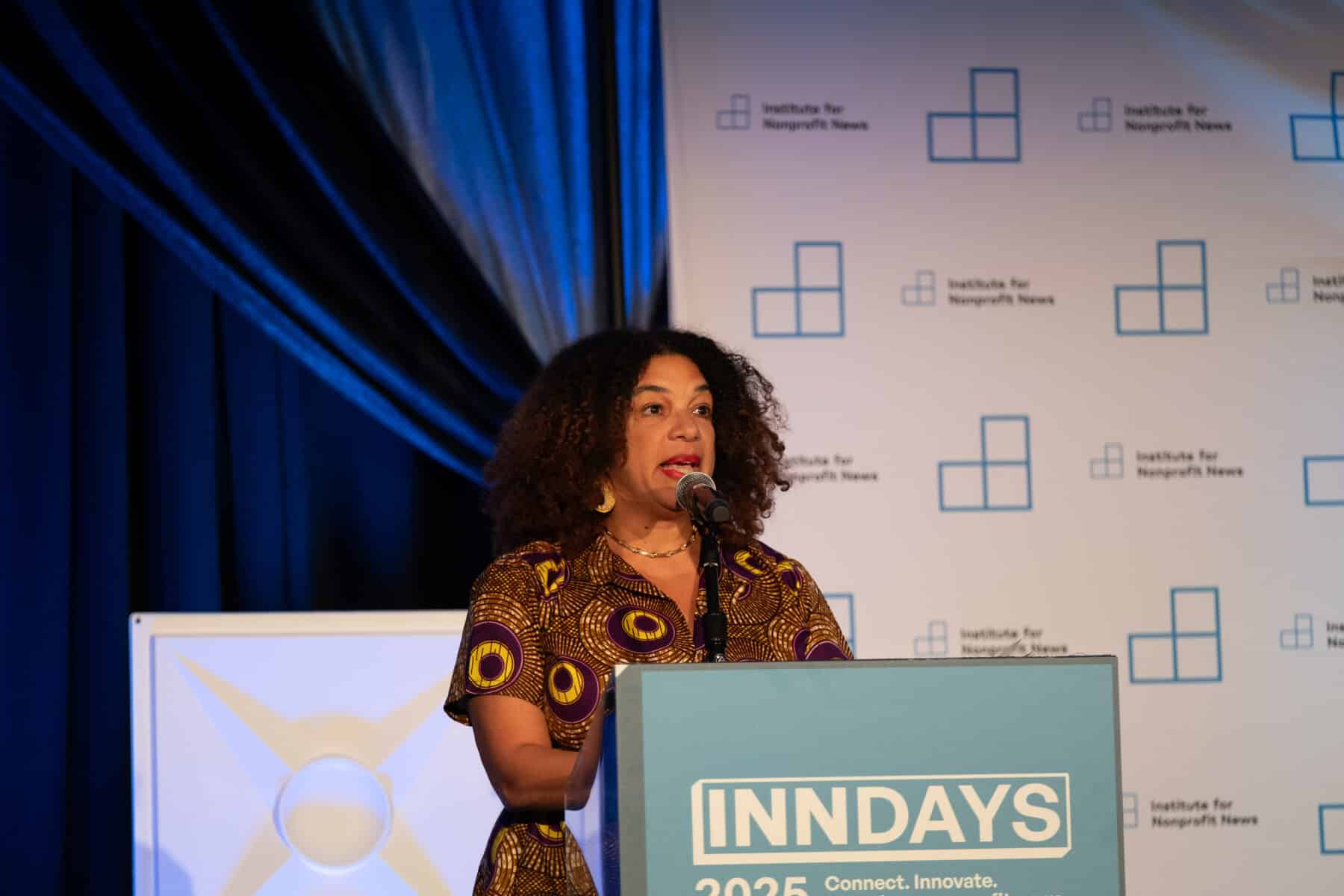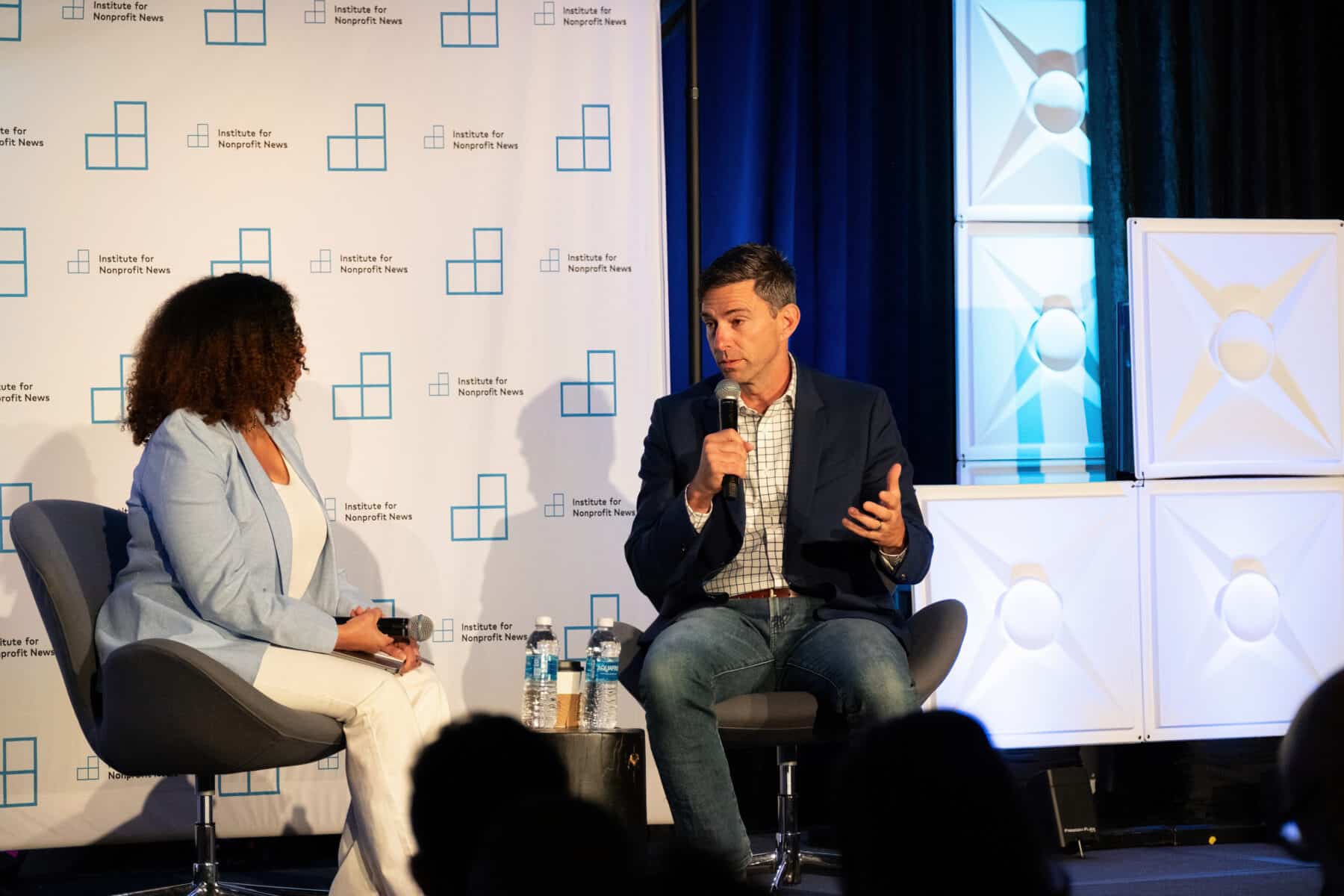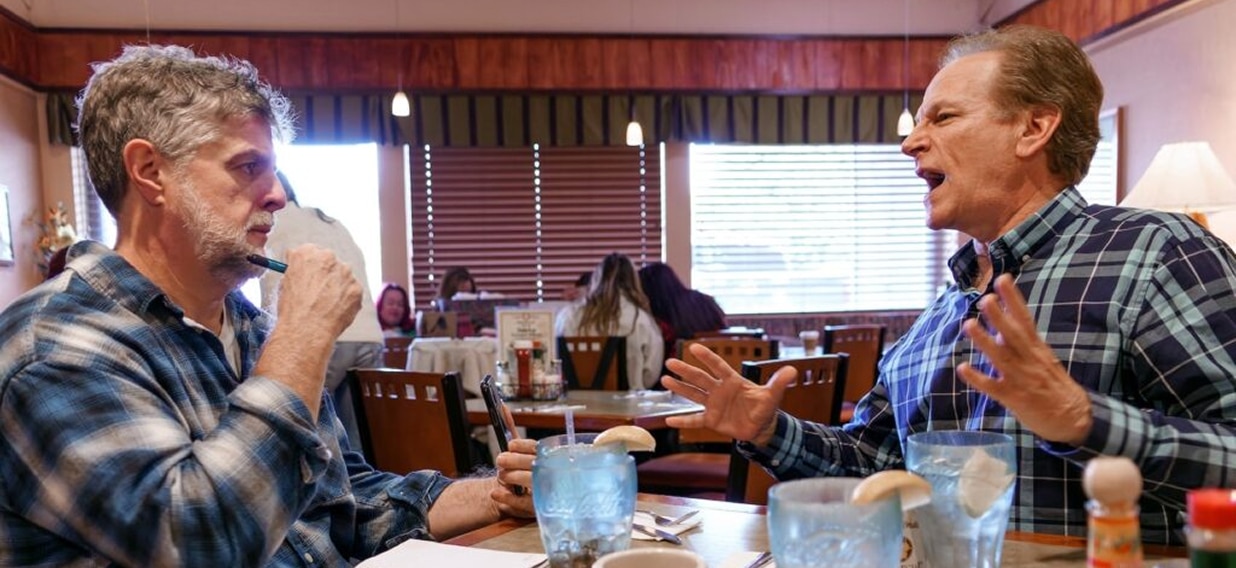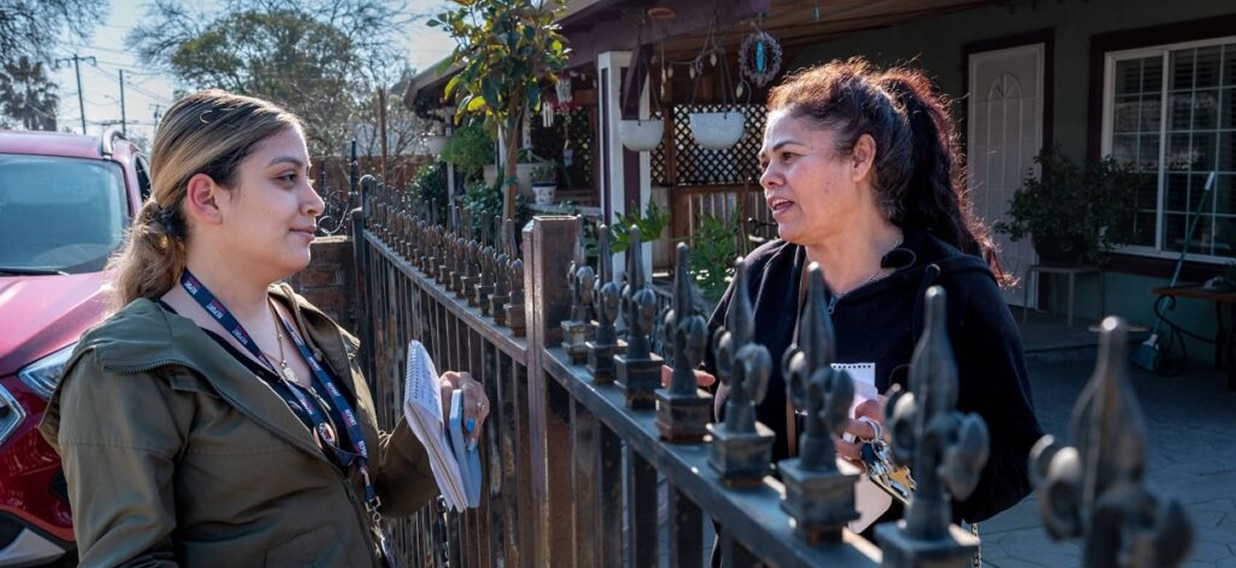Leaders of nonprofit news organizations have raised a long list of questions to the Institute for Nonprofit News (INN) for support and, when possible, solutions. Public media members are facing the possibility of “massive” federal funding cuts, INN CEO Karen Rundlet said during opening remarks of the INN Days conference on June 3, 2025. There’s also increased scrutiny of nonprofit organizations’ diversity programs.
INN members have shared concerns about a range of pressing issues such as defamation lawsuits, difficulty accessing public records, challenges covering immigration in the U.S., and journalists’ safety.
Things can feel dark in that context, Rundlet said. “But I’m here to tell you that there is light. There’s a community here to protect you, and they’re in this room,” Rundlet said to applause.

Almost 480 members of that community, from INN members and staff to funders and legal and tech partners, convened in Minneapolis, Minn., for INN’s annual conference. INN staff and other participants stressed solidarity and collaboration from the opening session to the closing plenary of the three-day event.
By building networks and sharing information and lessons learned, INN’s member organizations can help each other serve, expand and engage audiences and navigate myriad challenges to their sustainability.
“We can actually share learnings and understanding and develop our own ecosystem of information that travels in ways that maybe the algorithm did not anticipate,” Monika Bauerlein, CEO of The Center for Investigative Reporting, said during the open plenary.
The message of community wasn’t just lip service. Attendees delved into discussions about news industry challenges and solutions in Nordic-named conference rooms. During long breaks and lengthy lunches, they gathered in hallways or spaces designated for networking and information sharing, while sitting around crowded tables during meals or over cups of ice cream.

Tackling urgent industry topics together
Attendees packed into rooms for sessions on key topics for news operations and sustainability such as a workshop on creating a supportive work environment during challenging times, a panel on leading through change and crises, and three sessions on digital and physical safety. One safety panel focused on lessons learned and other insights from an informal group that Chicago news outlets and freelance journalists developed around reporter safety during the 2024 Democratic National Convention. Another safety session focused on ways that small and mid-sized news outlets can develop safety policies to address threats to press freedom.
In one workshop, the room buzzed with conversations as dozens of attendees gathered in large groups to discuss and identify ways that sensitive information could be revealed through the typical reporting process when using common AI-powered or digital tools such as autotranscription for conference calls and instant message alerts that include previews.
Attendees also had rich and often candid discussions about the news industry’s challenges.
In a plenary about threats to public media funding, Tim Isgitt, CEO of Public Media Company, described how a rescission could leave tens of millions of people, many of them in rural areas, with no other source for local news or services such as weather reporting. The Corporation for Public Broadcasting, the nonprofit entity Congress created in 1967 that manages federal funds for public media, projects that the proposed cuts put 78 radio stations and 37 television stations at risk, Isgitt said.
If a significant number of stations start to fail, “it will have domino effects to the rest of the system,” Isgitt explained. “We don’t know what that looks like yet, but it will be catastrophic over time.”
Public media accounts for a tiny fraction of the federal budget, .01%, Isgitt said.

There are opportunities for collaboration even amid the crisis. Isgitt noted that some public media outlets in places such as Kansas City, Missouri, collaborate with digital news startups like those that make up much of INN’s membership. There could be conversations about how a robust public media system could look over the next 60 years, Isgitt said.
That focus could include another national conversation about the role of media in the U.S. democracy and society, one based in “community-rootedness and mission-driven, which are really important aspects of our current system,” Isgitt said. He said he also hopes what’s next for public media builds on the trust earned over almost 60 years and an investment of almost $20 billion.
In a panel about leading through crises, newsroom executives talked candidly about challenges of managing leaks of internal information, managing staff morale after layoffs, communicating and leading strategy changes, and navigating messy leadership transitions. Find allies outside of your organization, the speakers advised. Have a transition plan and lean on the network of news leaders.
“Train your board to think about transition at any moment in time, not just in crises,” Sonal Shah, CEO of The Texas Tribune, advised. Addressing those concerns “shouldn’t be the first time every time.”
Kate Myers of Purple Pen Labs, who moderated the session, offered encouragement: “It does get better.”
“You as people will survive this; you will get through this. You know that you’re doing your best by the organization. You know that you’re doing your best by your people.”
“There is light at the end of the tunnel,” Meyers said.
Sharing innovative approaches to serve communities
Many INN Days conversations also focused on innovation, from merging news organizations while maintaining independence to reimagining how news outlets form partnerships, secure funding, and engage sources and communities — even in ways that go beyond simply reporting a story. In the closing plenary, leaders of news outlets that are breaking away from audience engagement norms of journalism shared their strategies and impact. Much of their insights and advice involved centering communities and audiences in new ways, forming relationships that are not extractive or exploitative.
Vanan Murugesan, executive director of Sahan Journal, suggested defining success with community in mind, reflecting the audiences served rather than the indicators that news outlets typically measure, such as awards and online clicks. It’s an approach he tied to output versus outcomes. A news story is an output. An outcome reflects the broader impact of the reporting.
Ideally, a news organization’s mission-driven focus, and achieving the related desired outcomes, are embedded in all aspects of the news organization, from staffing to news reporting, audience engagement and rallying nonjournalism founders.
“We have to be creative. But I don’t think there’s a future in news without engagement.”
Orlando Bailey, Outlier Media
Orlando Bailey, Outlier Media’s executive director, advised that news organizations go to places where communities are gathering themselves rather than requesting people go to them. Doing so, he said, helps build long-lasting trust and relationships.
Bailey and some other speakers also addressed informing the public and providing resources beyond a news story. Outlier, for example, not only reported on the city’s housing foreclosure crisis, it also developed a program and partnerships to help affected residents reclaim a share of Wayne County’s tax auction profits.
“The future of news has to be paired with engagement, and I think more and more newsrooms are beginning to see that,” Bailey said.
“We have to be creative. But I don’t think there’s a future in news without engagement.”
Good community development “is about you building the capacity of the folks you’re working with to solve their own problems,” CivicLex Executive Director Richard Young said. CivicLex, a news organization based in Lexington, Kentucky, doesn’t just report the news; It also helps give residents information, tools and resources needed to act.
Those extras, the work and focus that go beyond reporting the news, are things some think lessen the journalism, he said.
That perception may make it difficult for news organizations to secure support from typical journalism funders, but non-journalism funders could be another option.
Sahan Journal’s environmental reporting in Minnesota is so strong that “no one else can touch us,” Murugesan said. The news outlet’s strong reporting allowed it to secure funders that care about the environment, but not, historically, journalism. The news coverage “elevates the discussion that not just regular folks have, but policymakers as well.”
A successful engagement strategy varies among news organizations, and each outlet should build on its strengths. When the strategy focuses on achieving an impact greater than a single news story, with emphasis on better serving communities, it sets nonprofit news organizations apart from their for-profit peers, speakers said.
Engagement occurs before journalism, said Courtney Lewis, INN’s chief of growth programs. Then organizations like Sahan Journal, CivicLex and Outlier Media are doing more than uncovering wrongdoing.
“That’s the nonprofit part,” Lewis said. “You’re acting to reconcile. You’re acting to right it, you’re intervening so the system is set up so people can engage.”






